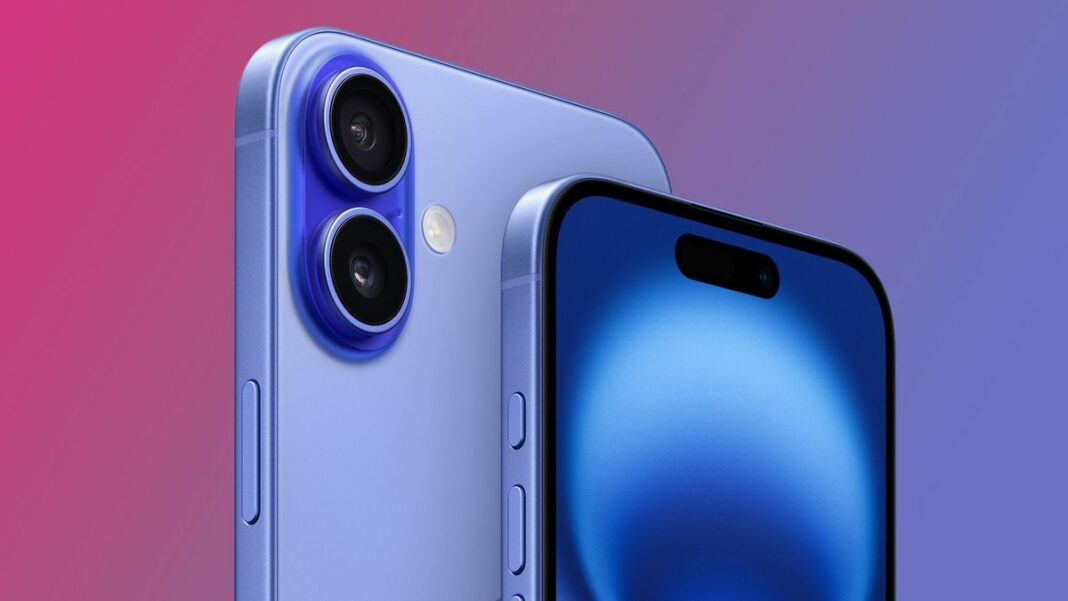The iPhone 16 steps into the spotlight with a new feature – the 48MP Fusion Camera. Prior generation iPhones might be familiar for their high-resolution cameras but the term Fusion signifies a development in Apple’s photographic technology.
Often associated with Apple’s Deep Fusion, a feature designed to enhance the details and optimize the noise characteristics in low light, the term Fusion also implies a technological leap forward in terms of camera capabilities. Unlike its predecessor, the iPhone 15, which was not labelled as having a ‘Fusion Camera’, the iPhone 16 has been earmarked with this distinguishing term, lifting the veil of intrigue even further.
The Origin and Significance of ‘Fusion’ In Photography
The term Fusion itself has an eclectic history within the world of cameras. It embodies a legacy beyond a mere marketing terminology, resonating with a blend of progressive technology and creative vision.

Acclaimed film director James Cameron’s pioneering venture into 3D cinematography utilized the Fusion Camera System. This was a dual-camera configuration pioneered in tandem with renowned director of photography, Vince Pace. This system was instrumental in capturing native 3D footage in blockbuster films such as Avatar, setting new benchmarks in cinematic visualization back in the glory days of 3D cinema.
GoPro, a brand synonymous with adventure photography, marked its entry into 360-degree photography using another Fusion camera. Launched in2017, it was a precursor to the current GoPro Max. The Fusion is credited for knitting together inputs from dual fisheye lens cameras positioned on both sides of the device for wide-angled panoramic shots.
The Fusion concept symbolizes a blending of technology and physical elements. It signifies the merging of two separate camera sensors and lenses to achieve a unique objective — be it three-dimensional motion picture capture or 360-degree photography. So, does this same principle apply to the Fusion Camera of the iPhone 16? It is time to delve deeper!
iPhone 16: one camera, three personas
The iPhone 16 features a unique Fusion camera with a 48MP primary rear camera. This name, Fusion, springs from its ability to adopt multiple personas – a 48MP, a 12MP, and a 2x zoom camera.

This multiplicity is credited to the Quad Bayer array sensor used. Here, light entering the lens hits a photosite through a color filter. Rather than one, we have four photosites under each color spectrum. So, the iPhone16 acts as a48MP and a 12MP camera simultaneously.
Ideally, the full-resolution mode is fitting for bright conditions, and pixel merging or pixel binning is for limited light scenarios. However, manufacturers often default to the quarter resolution mode given the limited information Quad Bayer designs can handle.
While the iPhone 16 can register 48MP of luminance info, it has 12MP color hue data only. This mechanism reflects a TV display where each pixel consists of sub-pixels.
The iPhone 16 combines lower and higher resolution captures, in a 24MP mode, to balance size and detail. It can also capture 2x zoom images through a sensor crop.
However, this multiplicity isn’t new; the iPhone 15 also had a 48MP, 24MP, and a12MP mode. Yet, Apple’s launch event dubbed these familiar aspects as the source of the ‘Fusion’ concept. “The capability to capture48MP photos and optical quality 2x telephoto images makes this a48MP Fusion camera,” claims iPhone Product Manager Piyush Pratik.
Unfortunately, there’s no sensor upgrade. The specs show the iPhone 16 and 16 Pro cameras don’t have the rumored upgrade to a larger Sony IMX903 sensor but retains last year’s “2 micron” and “2.44 micron” quad-pixels. The sensors are more alike the iPhone 14 Pro from 2022. Whether this is a marketing ploy remains in question.
Will the iPhone 16 camera be better than the iPhone 15’s?
Fusion could signify Apple’s advancements in Bayer processing, possibly leading to better image quality, supported by Apple Intelligence’s machine learning capabilities. However, the jury is still out until we’ve tested the iPhone 16 and iPhone16 Pro cameras.

One intriguing concept is that Apple may have perfected the art of Bayering in this generation. This could potentially mean that 24MP images captured with the new iPhone 16 models may stand out like never before, bolstered by the innovative Apple Intelligence that Apple executives are currently excited to discuss.
The enhancement in machine learning capabilities and intelligence could signify a significant improvement in the photo processing of these upcoming phones. This advancement has the potential to induce a generational shift in image quality, even while utilizing the same (or similar) hardware and techniques that appear identical from a bird’s-eye view.
However, we would have to put the iPhone 16 and iPhone 16 Pro through their paces to verify these assumptions. We’re left questioning, does Fusion truly embody the birth of something revolutionary? The verdict remains uncertain.


